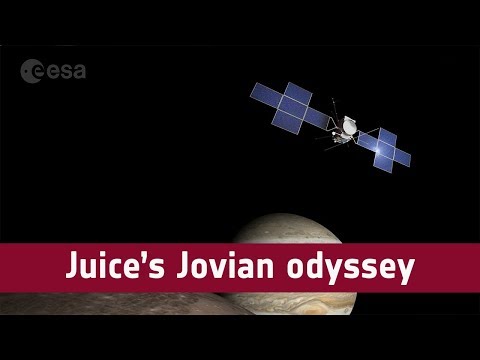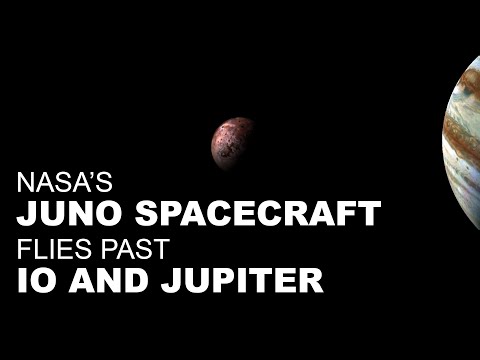The giant planet shines bright in the night sky this week as it reaches opposition on Thursday (2 November.)
This means it is at its biggest when seen from Earth, and spends much of the night above the horizon – so it’s the perfect time to observe Jupiter yourself!
If you don’t have a telescope handy, don’t worry. You will be able to spot the planet with just your eyes. Look for a bright orange star-like dot just above the eastern horizon that is not twinkling. This is our big friendly giant! You can also use a stargazing app to help you find the planet.
Through a pair of binoculars, Jupiter will look like a white disk. Peer closely and you will see a line of three or four tiny white dots. These dots are Jupiter’s largest moons: Ganymede, Callisto, Io and Europa. These will soon be visited by our Jupiter Icy Moons Explorer, or Juice for short.
Use a telescope if you’re curious to see Jupiter’s famous red spot and brown bands.
Try to find a clear sky this week and say… hello Jupiter!
🎥 ESA – European Space Agency
#ESA
#Jupiter
#SkyWatching





Leave a Reply